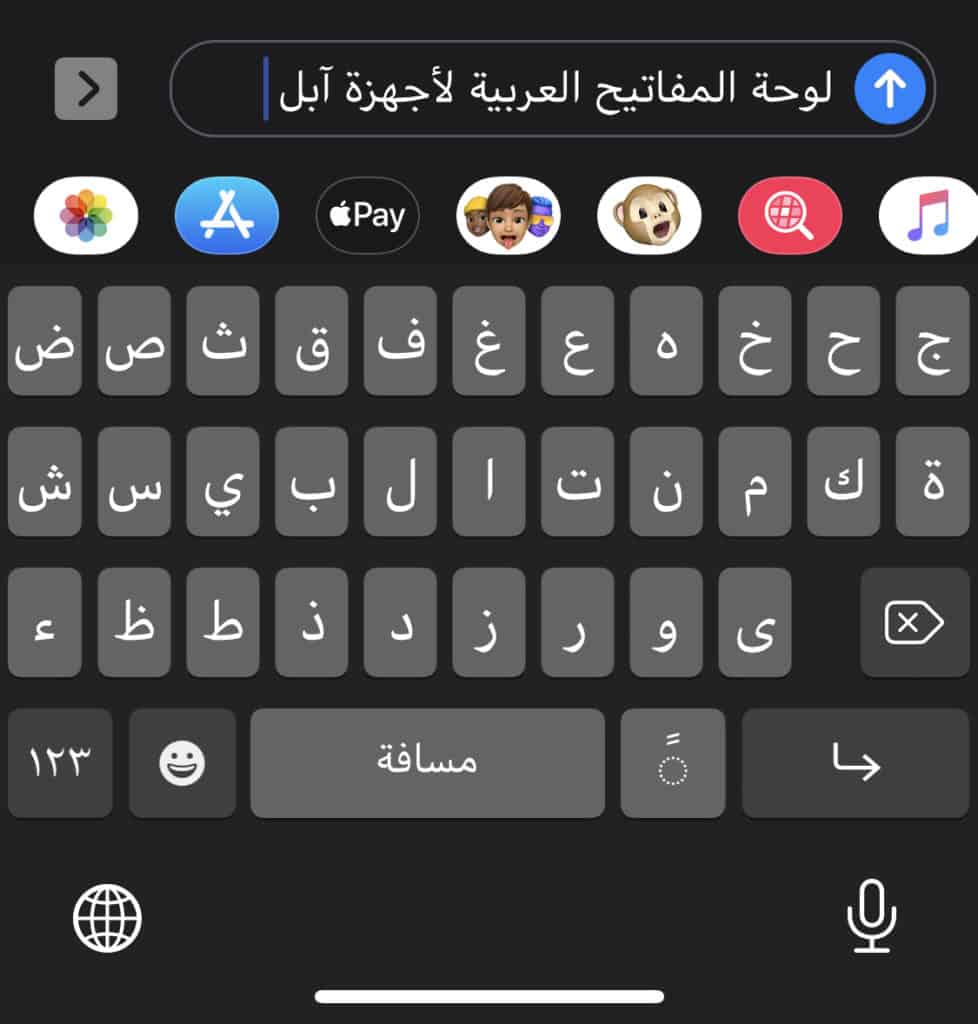Learning Arabic: Lesson 1
Learning Arabic can be an intimidating task, but with a bit of patience and dedication, it can be done. Arabic is a complex language that has many dialects and variations, but the basics are relatively straightforward. In this article, we’ll be looking at the basics of Arabic in lesson 1.
Table of Contents
Arabic Alphabet
The Arabic alphabet is made up of 28 letters, all of which are pronounced differently depending on where they are in the word. Unlike English, which has a phonetic alphabet, Arabic has its own unique alphabet, which can make it difficult to learn.
It’s important to note that the Arabic alphabet is written from right to left, and the letters are connected to one another. This makes it difficult to read, as the words don’t have spaces between them.
The first step in learning the Arabic alphabet is to memorize the letters and their corresponding sounds. This can be done by using flashcards or simply by writing the letters down and saying their names aloud.
Vowels
Once you’ve learned the letters of the alphabet, you’ll need to learn the vowels. Unlike English, which has five vowels, Arabic has only three. The vowels are pronounced differently depending on the letter that follows them.
The vowels in Arabic are called “alif,” “waw” and “yaa.” They are written above or below the letters and can be tricky to master.
Grammar
The next step in learning Arabic is to learn the grammar. The grammar of Arabic is quite different from English, and can be difficult to master. However, with practice and patience, it can be done.
In Arabic, the verb is the most important part of the sentence, and the other words are arranged around it. Verbs in Arabic are conjugated, which means they change depending on the subject and the tense.
It’s also important to learn the genders of the nouns. In Arabic, nouns are either masculine or feminine, and the gender of the noun affects the verb conjugation.
Vocabulary
Once you’ve mastered the grammar, you’ll need to learn the vocabulary. Arabic has a large vocabulary, and it can be difficult to remember all of the words. However, with practice and repetition, it can be done.
One way to learn the vocabulary is to use flashcards or to make your own flashcards with the words and their meanings. This will help you to remember the words more easily.
Reading and Writing
Once you’ve mastered the basics of the language, you’ll need to start reading and writing in Arabic. Reading and writing in Arabic can be difficult, as the letters are connected and the words don’t have spaces between them.
It’s important to practice reading and writing as much as possible, as this will help you to become more familiar with the language. You can also use online resources to help you with reading and writing in Arabic.
Conclusion
Learning Arabic can be a daunting task, but with a bit of patience and dedication, it can be done. By learning the basics of the language, such as the alphabet, vowels, grammar, and vocabulary, you can start to become more comfortable with the language. With practice and repetition, you can eventually become proficient in Arabic.





